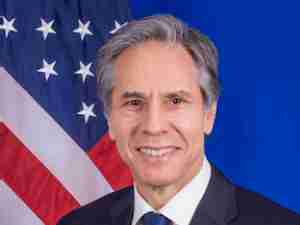What to look for beyond shiny big trucks at Detroit’s Auto Show
By: Jamie Butters | Jan 12 2018 at 05:00 AM | International Trade
At next week’s Detroit auto show, the pickups that pay the bills around town will dominate the stages.
But there’s a litany of other issues facing an industry that’s seeing U.S. sales slide and the federal government change the rules on taxes, trade and fuel economy.
Here’s a rundown of what show-goers will be talking about at the North American International Auto Show—that is, when they aren’t stalking a new Chevy Silverado, Ford Ranger or Ram 1500.
Not Enough Nafta
With the sixth round of the Nafta renegotiation coming up this month, talk of possible U.S. withdrawal from the treaty with Canada and Mexico is a serious concern for one of the most at-risk industries.
Even though a decision to exit doesn’t necessarily end the North American Free Trade Agreement, it raises the risk of higher tariffs increasing vehicle prices and sending more middle-class consumers to the used-car market.
Bring Your Tax Calculator
President Donald Trump’s tax cut should mean more for consumers to spend—particularly the affluent consumers who buy most of the new cars and trucks sold in the U.S. If only it were that simple. High earners in states like California, New York and New Jersey may actually end up owing more to Uncle Sam, and those are huge markets for luxury vehicles.
Auto workers also will be on the lookout for carmakers potentially joining Fiat Chrysler Automobiles NV in sharing the spoils of a lower corporate rate by announcing pay bumps or bonuses for their U.S. employees.
On Fumes
The Trump Administration has been busy rethinking regulations. Last year, the president reinstated a review of fuel-economy standards through 2025 that the Environmental Protection Agency had tried to lock in at the end of the Obama administration.
Whether scheduled increases in fuel-mileage requirements are dialed back, delayed or eliminated entirely will make a significant difference in the profitability of crucial pickups and SUVs, and could undermine the impetus to market more money-losing electric cars.
Building Bridges
Another matter the industry will be anxiously awaiting is a real effort to increase spending on infrastructure, such as repairing the nation’s roads and bridges. The Trump administration may propose a $1 trillion plan as soon as this month.
Automakers and their investors will be interested in the thousands of trucks that likely would need to be purchased, maintained and repaired to handle all that heavy labor.








